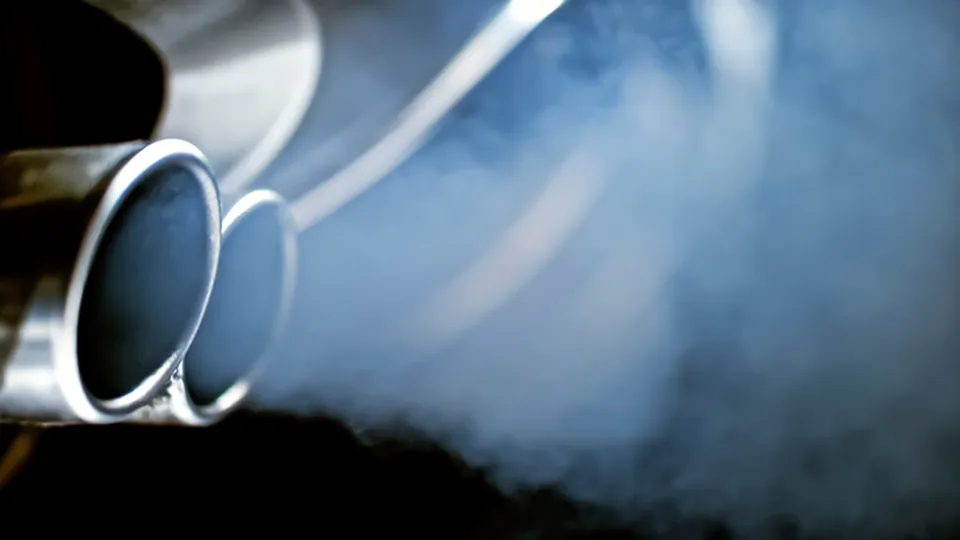The European Union has come a step closer to introducing ‘real world’ air pollution tests for cars and vans after agreeing a more accurate procedure for measuring driving emissions.
The BVRLA has welcomed the agreement and looks forward to the new ‘on the road’ tests for NOx emissions being introduced in 2017 alongside a more accurate CO2 emission test cycle.
The new procedure agreed by EU regulators this week will require vehicles to be tested on the road and in traffic, rather than in laboratory-like conditions as is currently the case. This should provide more accurate, ‘real world’ NOx emission figures for diesel cars under the Euro 6 air quality standard.
The European Commission and member states still need to agree what the limits for the real world tests will be and whether they can be introduced by 2017. The Commission already has plans to bring in a new, more accurate CO2 test cycle in 2017 – the World Light Duty Test Procedure (WLTP).
“Air pollution is a major threat to public health so it is vital that we can accurately measure the part played by road transport, particularly diesel vehicles,” said BVRLA Chief Executive, Gerry Keaney.
“Over the years, the fleet sector has made excellent progress in driving down CO2 emissions. I am convinced that it can have a similar impact on NOx emissions if it is given accurate information and an appropriate tax regime.
“This agreement is an important milestone in helping Europe get to grips with the issue of road transport based air pollution.”
The BVRLA has already provided UK policymakers with a list of five measures they could take to help address road transport-based air pollution:
- Help regional authorities to use their newly devolved transport powers by providing a national framework for ultra-low emission zones
- Adopt the current tax regime to include NOx emissions, ensuring that any changes are well-signposted and non-retrospective
- Re-introduce 100% first-year allowances for companies renting or leasing ultra-low emission cars
- Provide better in-life incentives - for example freedom from tolls, congestion charges or parking fees – to encourage greater uptake of ultra-low emission vehicles
- Do more to support car clubs, car sharing and other alternatives to car ownership, and provide more low-emission public transport

















Login to comment
Comments
No comments have been made yet.